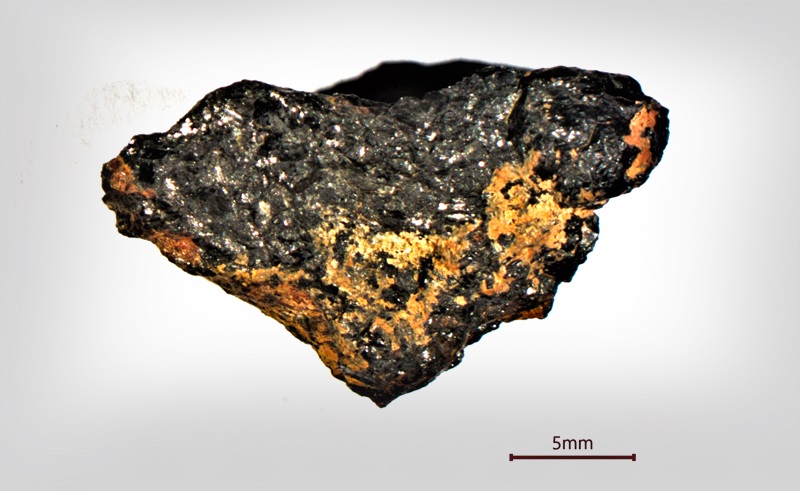Extraterrestrial Stone in Egypt Could Unlock Secrets of the Universe
After a decade, a team at the University of Johannesburg may have finally figured out the story of a stone that landed in Egypt in 1996 - and its astounding cosmic implications.

In 1996, a tiny 1.3 inch stone dropped through our atmosphere and landed in the deserts of southwestern Egypt. Despite its distinctive colourings, it could have been mistaken for just another regular pebble. But closer examination revealed a stunning secret: the stone’s chemical elements didn’t match any of any other meteorites discovered on Earth. It was a totally unprecedented extraterrestrial event, utterly unique and beautiful.
Nicknamed after the fourth century philosopher and mathematician Hypatia, the stone confounded everyone with the mysteries of its origins. After a decade, a team at the University of Johannesburg may have finally figured out this stone’s story - and its cosmic implications.
The scientists analysed the Hypatia stone with a proton beam, which found that it was made up of less than 1% silicon - in other words, it did not come from our solar system. So where did it come from? Or rather, how could it have ever been made in our part of the universe?
Their next hypothesis was that it came from a supernova far in the past. Not just any supernova: the rare type 1a supernova, which only happens once or twice in every galaxy. You only get these when you have two stars close together in a binary system, and only when one of them is a dense white dwarf. Due to its powerful gravity, the white dwarf would siphon energy from the neighbouring star until it reaches a critical mass, and unleashes an explosion so powerful and so bright it outshines entire galaxies.
The chemical patterning and makeup of the rock suggests that after one such explosion, the dust and gas left behind would have formed into a larger solid over billions of years. That solid would have been the parent body that Hypatia came from, and it would have been created sometime around the start of our own solar system.
If this theory holds true, then this would be the first piece of evidence of a type 1 supernova to ever be found on Earth - giving us a unique view of the formation of our solar system.
- Previous Article Dr.Sisilove or How (Not) To Diffuse A Bomb
- Next Article High-Speed Electric Train Line to Be Extended to Western Desert
Trending This Week
-
Apr 23, 2024
























